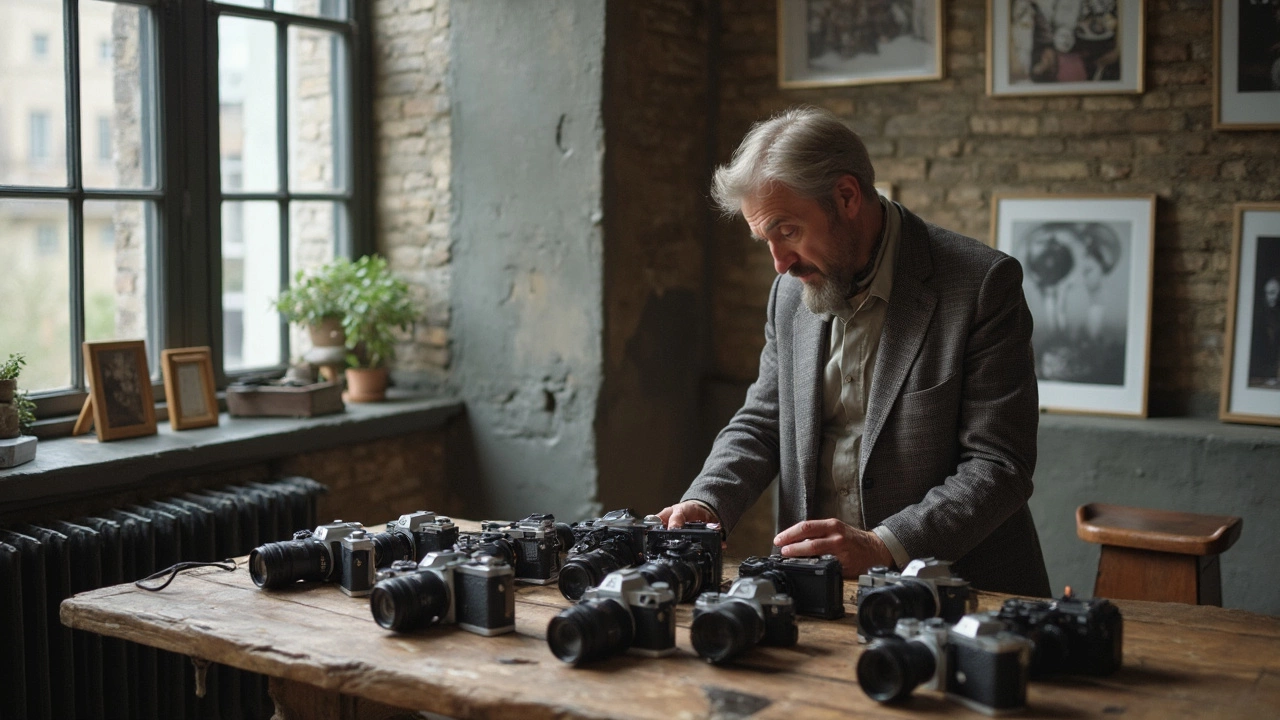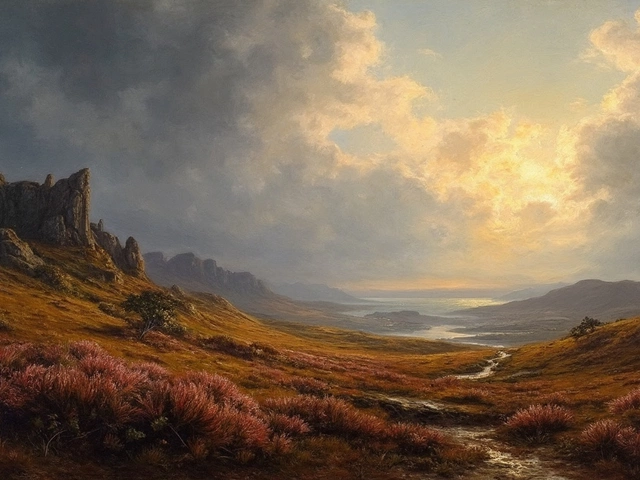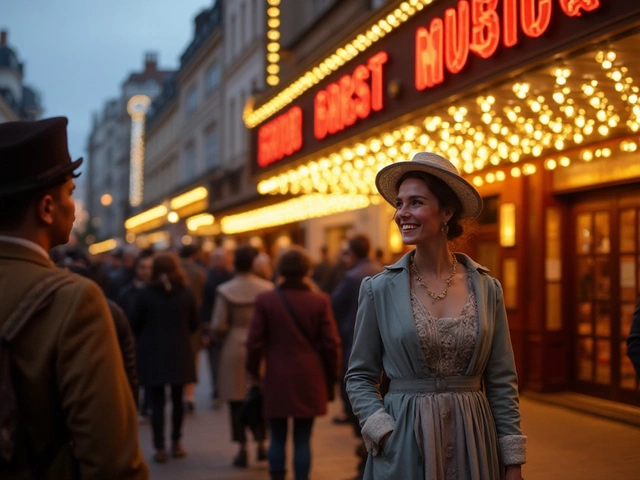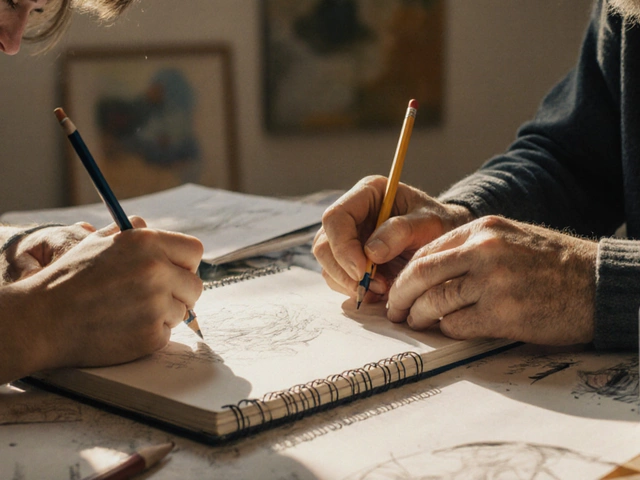Picture this: you spend weeks planning the perfect shot. You scout locations, obsess about the light, sketch your vision. The moment comes—you click. But when you open the image on your screen, something’s missing. It’s not the subject or your technique. It’s the camera. In fine art photography, your gear makes a difference that’s impossible to ignore. Pixel peepers might scoff, but gallery owners and collectors all agree: technical quality matters when your image is destined for a wall, not a screen.
What Sets Fine Art Photography Cameras Apart?
The line between art and craft in photography is razor-thin. A camera that holds you back is a dealbreaker. This isn’t Instagram or event work. In fine art, details count—for people who’ll spend real money on your photographs, too. A serious fine art camera reveals every subtle tone, every gradation. It goes well beyond ‘nice enough.’
Fine art photography leans on high dynamic range, stellar color accuracy, and the kind of fine detail that leaps off a canvas-sized print. That’s why so many fine art shooters gravitate toward full-frame or medium format cameras. Sensor real estate directly translates into more nuanced images. As of 2025, the gold standard for museum-quality work is a medium format sensor—think the Hasselblad X2D 100C or Fuji GFX 100S. These cameras boast 100+ megapixels, but megapixels are only part of the story. Bigger pixels catch more light, pushing shadow and highlight latitude.
Yet, there’s myth-busting to do here. Not every great artist is wielding a $10,000 camera. Some famous fine art photos were shot on analog gear less advanced than your cellphone. The real test is what you want to say—and if your camera can translate that idea with absolute fidelity to your intention. For series meant for huge prints or dedicated collectors, you really appreciate that extra sensor muscle. The difference is not just in sharpness. It’s in how a shadow glows, how gradations in a sky or skin tone look organic, not blocky or ‘digital.’
How does this translate in the real world? Here’s a table showing just how much more data you squeeze out of a medium format sensor:
| Camera | Sensor Size (mm) | Megapixels | Dynamic Range (Stops) | Base ISO |
|---|---|---|---|---|
| Hasselblad X2D 100C | 43.8 x 32.9 | 100 | 15 | 64 |
| Fuji GFX 100S | 43.8 x 32.9 | 102 | 14.5 | 100 |
| Sony A7R V | 35.8 x 23.8 | 61 | 15 | 100 |
| Canon EOS R5 | 36 x 24 | 45 | 14 | 100 |
Notice how even the best full-frame cameras still trail in pure pixel firepower and sensor size. For ultra-large prints or when you want people to lose themselves in the grain and nuance of your image, that’s something you can’t cheat.
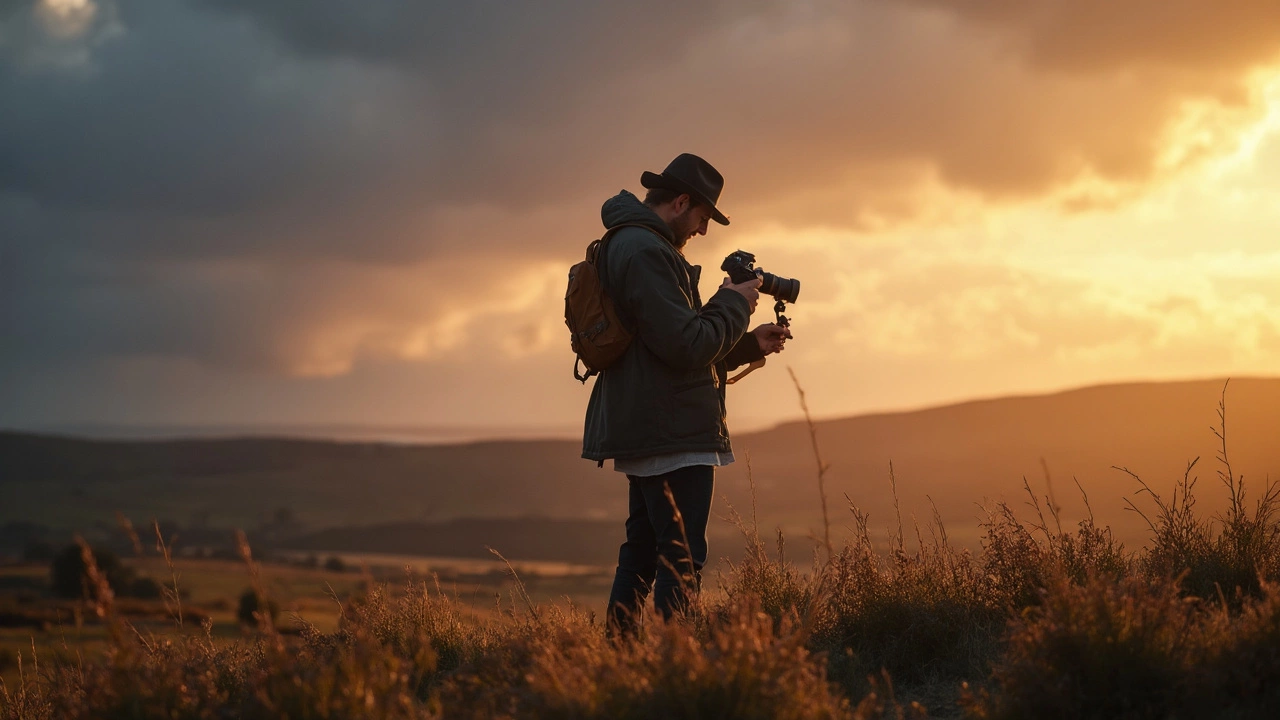
Medium Format vs. Full-Frame: How Much Does It Matter?
Medium format sounds intimidating—as if you need a PhD in art theory to use one. But seriously, these cameras have become surprisingly user-friendly. The real game-changer is what they can do for your images. Many famous fine art series, especially those hanging in galleries, were shot on medium format—think Alec Soth’s poetic American landscapes or Nadav Kander’s ethereal portraits. Why? It’s not just the high megapixel count. It’s the look: dreamy but sharp, creamy gradients in light and skin, and depth that seems to pull viewers in.
But let’s admit it: medium format isn’t for everyone. The cost is high—$6,000 and up for a body, often double when you include a lens or two. They’re bigger and heavier, though not as bulky as they once were. Shooting fast isn’t their strong suit, either. If you focus on dynamic subjects or move between street and studio, full-frame cameras now come shockingly close.
Sony’s A7R V is a beast for fine art shooters craving portability. With 61 megapixels, a BSI sensor, and colors that rival much pricier setups, it’s earned a dedicated following. Canon’s R5 and Nikon’s Z8 deliver stunning files that print huge and don’t look clinical. They also have killer autofocus, which helps if you’re out in the world rather than a carefully controlled studio.
The practical differences? Medium format holds more info in highlights and shadows and delivers a smoother, deeper color. When you print at 40 inches wide, this gives your work that gallery-ready magic. But most people outside the fine art bubble won’t spot the difference on a phone or small print. So, what matters: are you aiming for gallery walls, high-end collectors, or just self-expression?
Here are some honest pros and cons for each system:
- Medium Format: Beautiful color tonality, unmatched detail, super high price, slower handling, bulkier lenses.
- Full-Frame: Flexible, great at autofocus, wide lens range, more affordable, nearly as good at high ISOs, easier for faster shooting.
One tip? Don’t let gear envy derail your shooting. The best choice is what helps you feel inspired and gets out of the way. Sure, gear matters, but vision is key. If you can, rent a medium format body before dropping thousands.
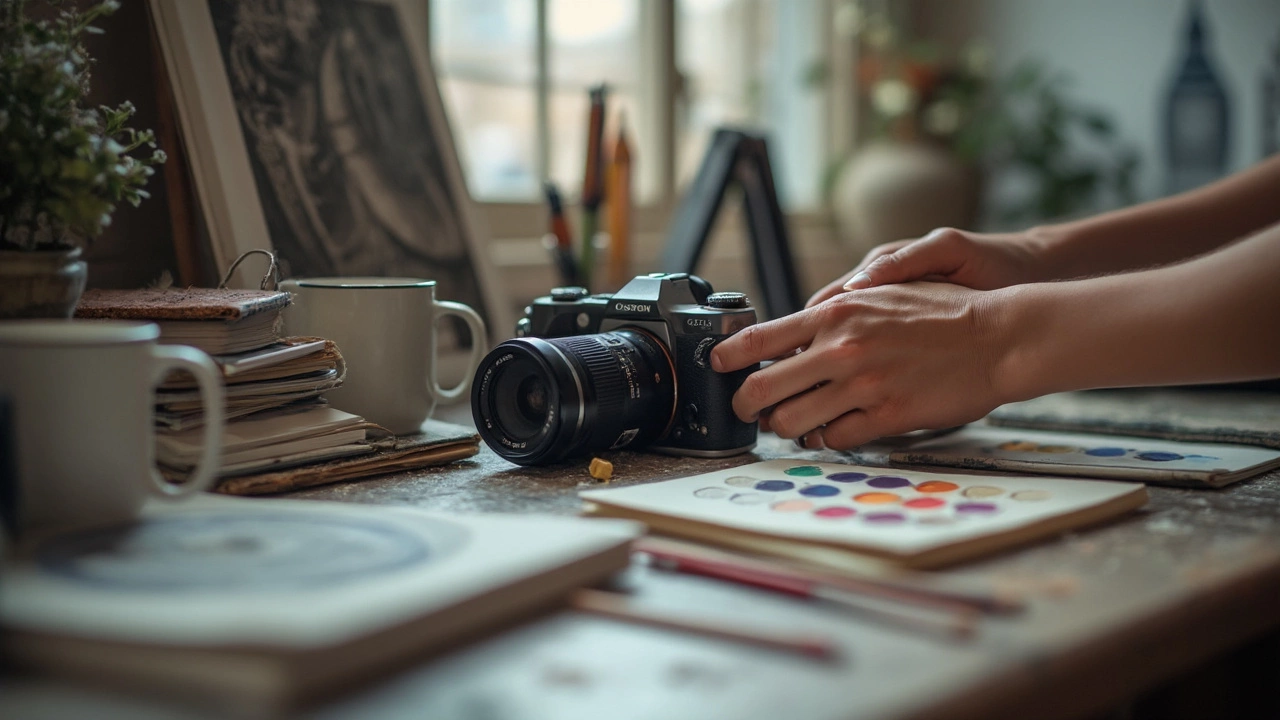
Choosing Your Fine Art Camera: Real-World Tips and Mistakes to Avoid
So, you’ve made peace with the budget—what should you actually look for in a fine art camera? Sensor size has dominated the talk, but there are other features worth paying serious attention to. Color rendering is crucial. Some sensors interpret reds as magenta, or greens get nuclear—the Fuji GFX has a cult following partly for its cinematic, film-like color straight out of camera. Hasselblad, too. If you do a lot of color grading, starting with great color data is priceless.
Dynamic range is another monster issue. Fine art scenes often push the bounds: dramatic sunrises, dark interiors, moody portraits. A forgiving camera means you won’t lose subtle gradations or end up crushed shadows and blown highlights. Anything north of 14 stops is excellent, and you’ll thank yourself later when editing. Be wary of specs on company websites though; real-world performance sometimes lags a little, so user reviews help paint the full picture.
Here’s the deal on lenses: invest wisely. Your camera is only as good as the glass in front of it. Prime lenses grown for fine art like the Zeiss Otus (for full-frame) or the native Fuji GFX primes are stupidly sharp. Cheaper zooms can rob your images of character. If you’re after a certain vibe—soft edges, vintage glow, perfect bokeh—choose your glass as religiously as your body. Remember, a $6,000 camera and a $300 lens is a recipe for disappointment.
One overlooked factor: file formats. Go for a camera that gives you RAW files with huge latitude for editing. Some systems bake in too many adjustments, making it hard to pull back shadows or fix colors in post. With RAW, you can push your files hard—lift that underexposed corner, tone down a highlight, build your vision in the edit. JPEG is quick, but not for fine art prints.
What about mirrorless versus DSLR? The era of DSLR dominance has passed. Mirrorless systems are lighter, have better live view, and provide focus peaking—so you see the shot before you click. Most pros have moved over, especially since lens makers now prioritize mirrorless mounts.
Here’s a warning: don’t get caught up in tech hype. Today’s marketing can make you feel like you need the latest firmware, the newest pixel-stuffed monster. But plenty of award-winning portfolios use five-year-old gear or cameras you’d find in classifieds. Use what helps you work intuitively and keeps you excited.
To wrap, let’s look at useful habits. Keep your sensor clean—every speck is visible on huge prints. Calibrate your monitor: fine art printing is a color-precise game, not for guesswork. Shoot at the base ISO whenever you can; that’s where sensors perform at their quietest, with the most detail and cleanest colors. When your work is destined for a gallery, this stuff matters.
So, what camera is best for fine art photography? For limitless detail and color, medium format like the Fuji GFX or Hasselblad X2D sets the bar. Full-frame giants—Sony A7R V, Canon R5, Nikon Z8—strike a nearly unbeatable balance for most, especially if you want to roam light and fast. Don’t fall for gear snobbery. In fine art, your camera should help you lock in your vision and be ready when everything aligns. The image in your head is waiting—the right camera just lets it out.
